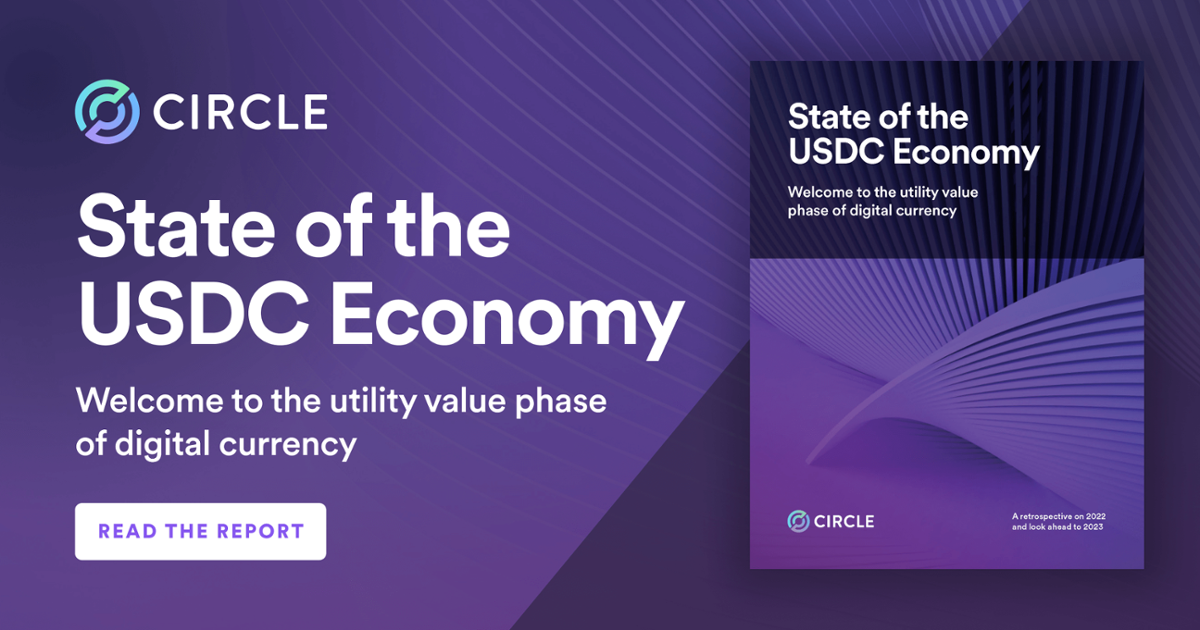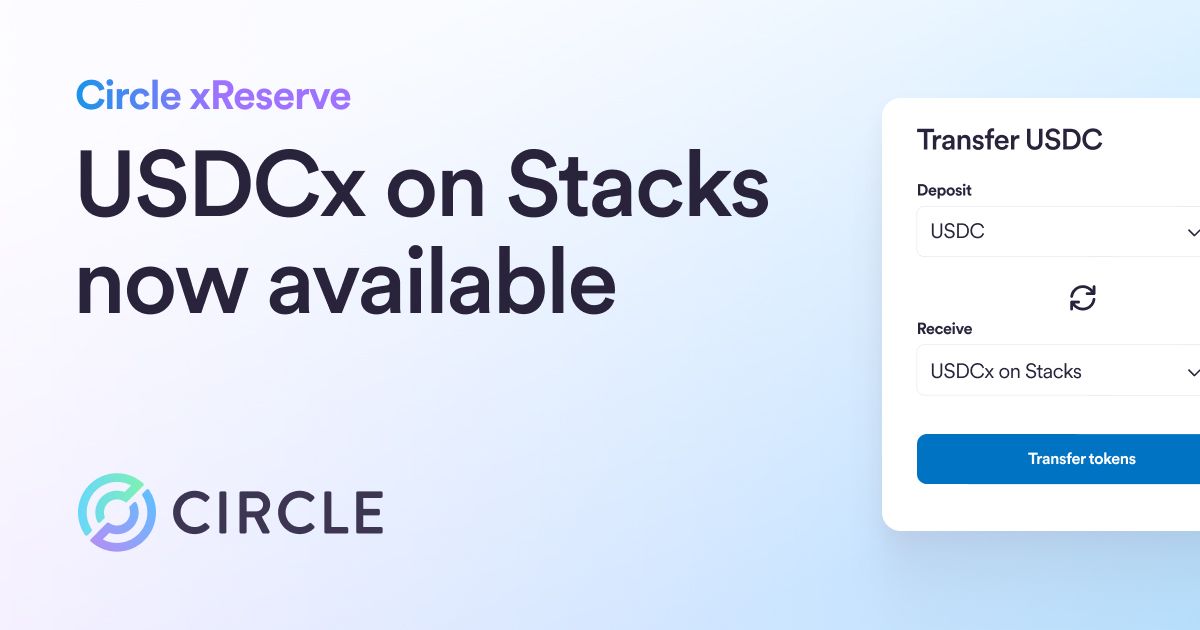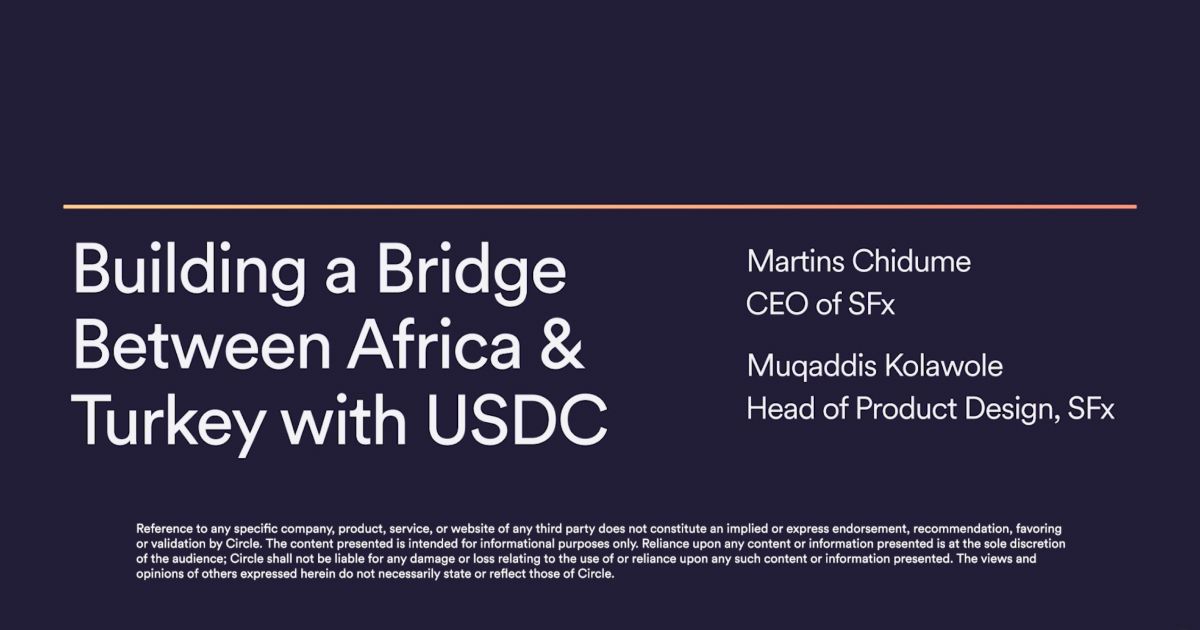Learn more about how stablecoins can integrate with ecommerce and the growing digital economy as part of the State of the USDC Economy report.

As more economic activity moves online, we believe money should work at the speed and scale of the internet. Stablecoins that function like digital cash have grown rapidly over the past several years, with USDC circulation growing at an average annual rate of 860% since launching in 2018. Compare that to an average growth rate of just 8% for fiat U.S. Dollars over the same period and the growing importance to global commerce of digital currencies becomes clear.
A recent study by Deloitte found that 85% of merchants1 believed that digital currency payments would become common within the next five years. Likewise, contactless payments, many made using smartphones, are forecast to grow by more than 210% over the next five years. These trends will help make it easier for millions of shoppers around the world to use digital currencies for online and in-person purchases as digital wallets become a more common means of storing, spending and exchanging value.
The low barrier to entry and minimal transaction costs associated with digital wallets and stablecoins are also attractive to users sending cross-border remittances to families and communities in their home countries. The G20 recognized 2022 as an inflection point for cross-border payments, and many countries around the world saw remittance payments rise. Mexico, Ukraine, Haiti and Pakistan all saw total remittances increase more than 20% compared to the previous year, and Circle has partnered with the Stellar Foundation and MoneyGram to bring USDC-based remittance payments to thousands of physical locations around the world.
On-Chain Activity Suggests USDC Utility
As the digital economy increasingly takes advantage of the speed, composability and ubiquity of blockchain networks, stablecoins like USDC are playing a leading role in on-chain peer-to-peer and business payments and other useful economic activity. In 2022, USDC facilitated nearly $4.5 in transaction volume on the Ethereum blockchain alone, of which about $2.7 trillion was concentrated in interacting with smart contracts for decentralized finance and other on-chain applications.
More than 75% of wallets connected to Ethereum that hold USDC hold less than $100, below the minimum deposit required to open a bank account by many financial institutions. This and other data in the State of the USDC Economy report indicate that USDC is making a concrete impact on financial inclusion while being used for speculation notably less than other digital currencies or traditional financial assets.
Digital currencies that function like tokenized cash have remarkable potential to combine with other economic trends, like the continued rise of ecommerce and the move towards increased remittance payments, to deliver even greater value for everyday consumers and savings to increasingly global financial lives. See other ways stablecoins are hitting their stride in the State of the USDC Economy report.
1 Castro Tanco, Claudina, Merchants getting ready for crypto: Merchant Adoption of Digital Currency Payments Survey, Deloitte, https://www2.deloitte.com/content/dam/Deloitte/us/Documents/technology/us-cons-merchant-getting-ready-for-crypto.pdf, (Last accessed February 7, 2023)





